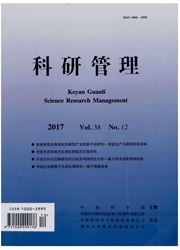

 中文摘要:
中文摘要:
公众记忆操纵理论认为,通过改变信息发布参数,影响与选择目标人群的记忆,能够使信息准确、有效地传递至目标群体。将此理论首次引入到公共危机管理中,通过调整公众记忆的线索依赖、重复和新奇等参数,构建突发公共事件应急信息发布对公众风险感知影响的动态调整模型。研究发现,合理地选择公共应急信息发布的时间、频次和信息类型等,影响与选择公众的记忆,能够很好调控公众的风险感知和公众心理恐慌。通过此研究以期为突发公共事件管理部门科学、有效地发布应急信息提供优化策略。
 英文摘要:
英文摘要:
Theory of Public Memory Manipulation(TPMM) shows that information could be correctively and effectively passed to target groups by changing information release parameters and by affecting and choosing the memory of target group. Firstly, TPMM is introduced to the research on public risk management. By adjusting the parameters, such as cue dependence, repetition, and novelty, a dynamic model indicating influences on the public perception of risk after dissemination of emergency public information is developed. The study finds that a reasonable choice of time, frequency, and information types when disseminating emergency public information, the public perception of risk in the case of public mental panic could be manipulated. It provides optimal strategies for public sectors to disseminate emergency public information in an accurate and effective way.
 同期刊论文项目
同期刊论文项目
 同项目期刊论文
同项目期刊论文
 期刊信息
期刊信息
